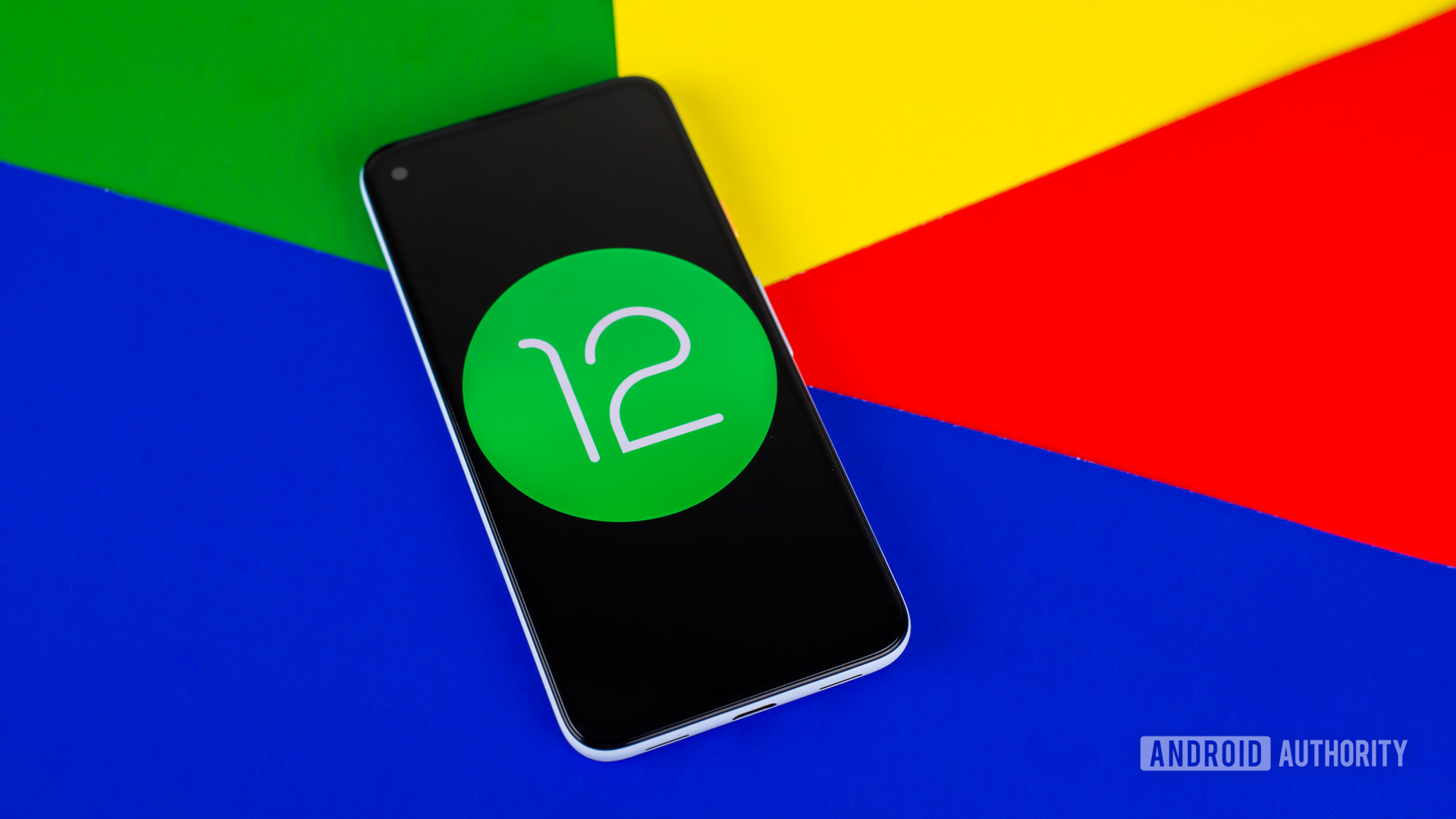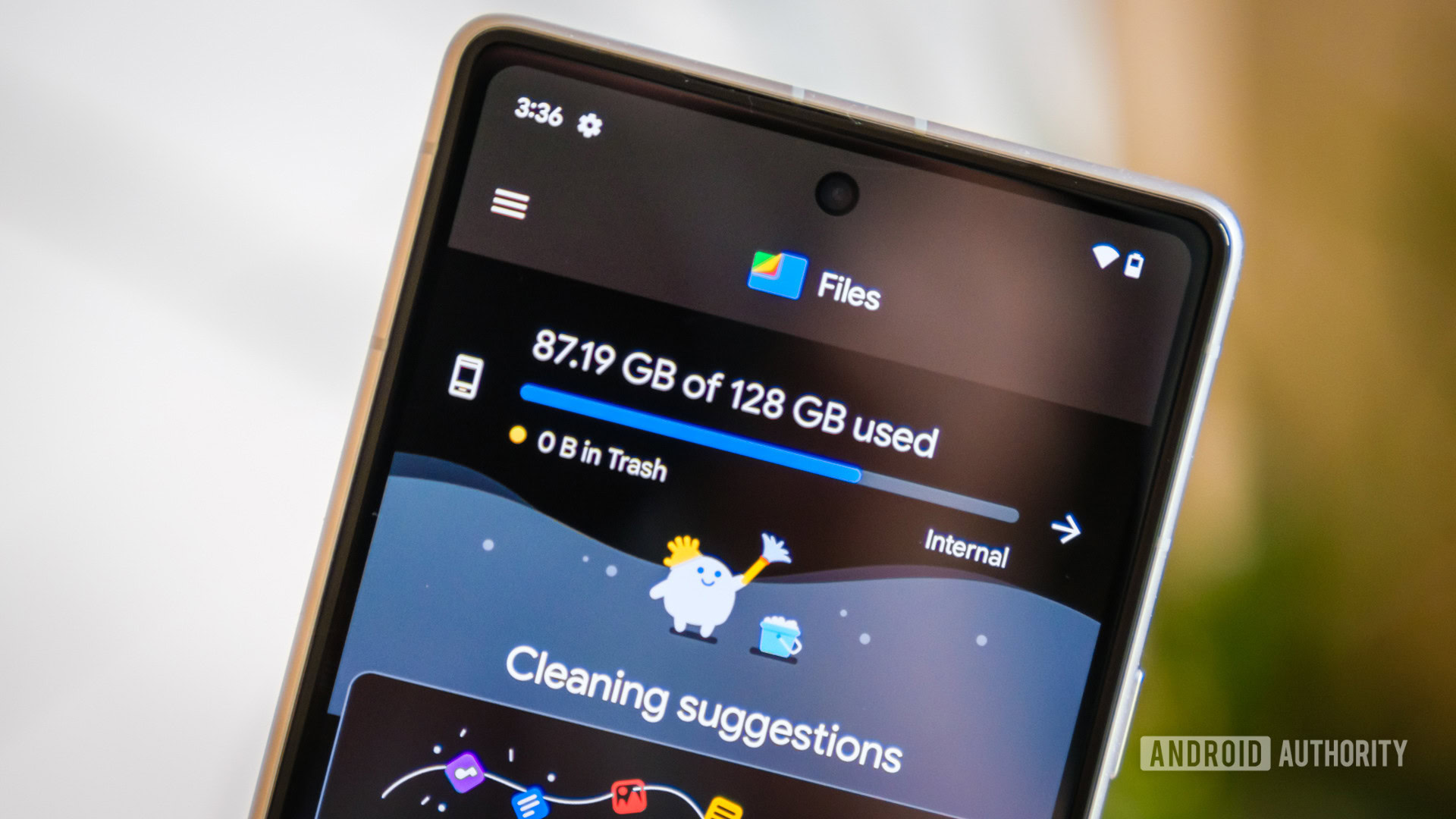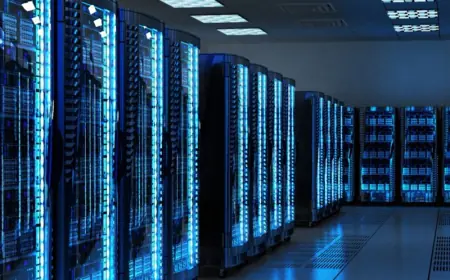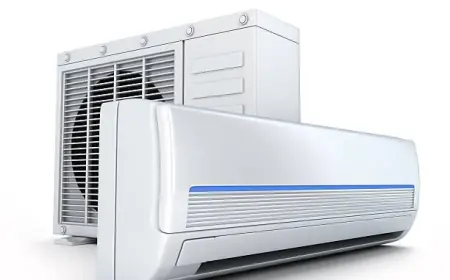How to Tell if Your Laptop’s Motherboard is Dead
If your system randomly shuts down and doesn’t turn back on, it is most likely an indication of a failed motherboard. Read more.
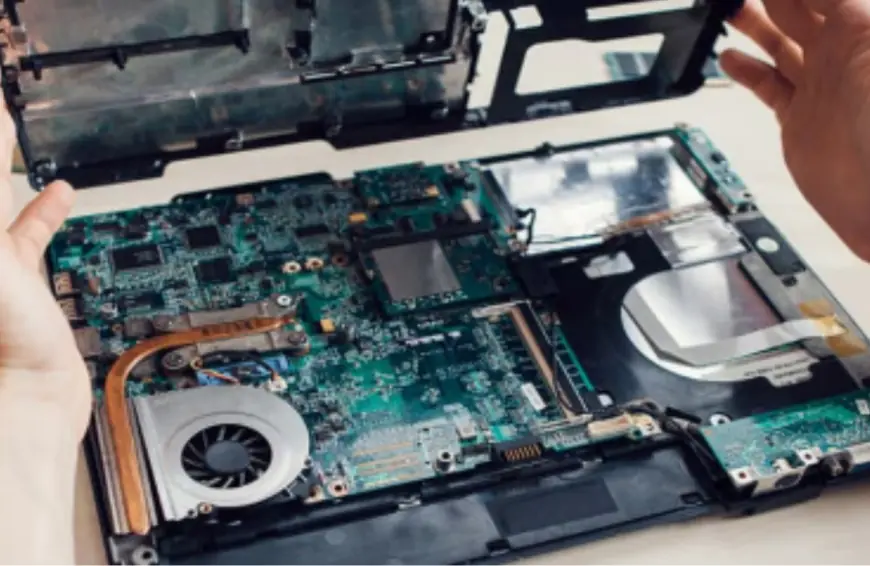
A motherboard is the most important part of a computer, and without it, your computer cannot function. Any issues with the motherboard will cause other computer components to malfunction. Diagnosing a dying laptop’s motherboard is difficult, but a few signs can help you identify where it went wrong, such as no power or response, any glitches or freezes, slow performance, burning smell, or physical damage, unrecognized hardware, beep codes or sounds and a battery replacement not making any difference. If you notice any issues, get your laptop’s motherboard repaired by a professional technician.
Signs Your Laptop’s Motherboard May Be Failing
Before assuming the motherboard is dead, check other components like the CPU, GPU, RAM, and battery to ensure they’re properly connected and working. If not, there is a good chance something is wrong with the motherboard. To confirm, the following are the diagnosing techniques to check for your laptop:
-
No Power or Response: One of the signs is when the laptop doesn’t turn on or shuts off randomly after pressing the power button. This could be due to a short circuit, which caused the motherboard failure. Before jumping to conclusions, try using a different power adapter to rule out a charging issue. Otherwise, take it to a professional technician.
-
Any Glitches or Freezes: It can be quite annoying if your screen freezes or gets stuck every other moment. This can occur during the program's loading and running. The screen can freeze due to a number of reasons, but if it happens more frequently, it may be caused by a dying motherboard.
-
Slow Functioning of the Laptop: This means your laptop is running at a slower pace than usual. Slow typing, keystrokes, buffering, and lagging indicate a slow system which might be due to a dying motherboard.
-
Burning Smell or Physical Damage: This is one of the most obvious reasons for a motherboard failure. Look for chipped circuits, bends, dents, burnt transistors, blown capacitors, and discoloration. If anything smells like burning, it is a clear indication. After visual inspection, if anything appears, take it to a service center for repair or replacement.
-
Unrecognized Hardware: Hardware includes any type of plug-in device, like a USB drive or mouse. If your laptop shows errors for unreadable hardware, it may be a sign of motherboard damage. Make sure to rule out the possibility of faults in the hardware.
-
Beep Codes or Sounds: If your laptop makes beeping sounds or shows error codes during startup, it could signal motherboard failure that needs repair or replacement.
-
Replacing Battery: Often, the issues arise due to the battery since a dead motherboard and a dead battery cause the same issue: the laptop not turning on. If a battery replacement does not work for your laptop, it's a clear sign that the motherboard has failed.
What Causes a Motherboard to Die?
There may be different reasons for the failure of a motherboard, such as:
-
Overheating of the CPU: A faulty cooling system can cause the CPU to overheat, leading to a short circuit that damages the motherboard.
-
Dirt and Debris Accumulation: If dust accumulates on the surface of the motherboard, it can trap heat and clog fans, which can cause the motherboard to overheat and perish.
-
Rough Handling: If you drop the motherboard, put a strain on the cable, or spill any liquid, the motherboard will burn and fail.
-
Power Surges and Fluctuations: If excess electrical voltage is beyond what the motherboard is designed to handle, it will lead to failure.
-
Old Motherboard: An old motherboard may become obsolete over time and must be replaced.
Conclusion
Motherboard failure can be difficult to recognize, but there are certain signs you can look out for. These signs include no response, glitches, slow performance, physical damage, hardware unrecognition, and beep codes. If you notice any of these signs, you can get timely motherboard repair services from a trusted repair technician.
What's Your Reaction?
 Like
0
Like
0
 Dislike
0
Dislike
0
 Love
0
Love
0
 Funny
0
Funny
0
 Angry
0
Angry
0
 Sad
0
Sad
0
 Wow
0
Wow
0
